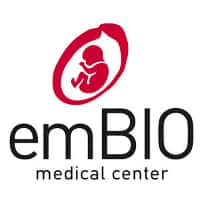Assisted Hatching Greece
What it is
It is the opening of a hole in the zona pellucida surrounding the embyo as a shell during its early development days to facilitate its implantation in the uterus.
When to apply it
The assisted hatching technique is performed in cases, where the outer egg lining is believed to be thick and hard (embryos of older women over the age of 38) and, as a result, cell division and implantation is prevented. Moreover, improving the culture medium with proteases may improve hatching and pregnancy rates. Therefore, by making a small hole using special skilled handlings, we make the embryo’s task much easier.
The procedure at a glance
This technique includes the incision or thinning of a small area in the outer (protein) lining of the human egg. The incision/thinning of the embryonic shell is made mechanically using micropipettes, chemical agents or laser beams.
Success rates
ΥThere is enough proof that assisted hatching may increase the chances for embryo implantation since before it is implanted in the uterus, it should exit the zona pellucida. However, it is important to stress that this technique may damage the embryo and its likely implant in the uterine, therefore, it should only be applied if deemed necessary by the embryologist. Assisted hatching techniques remain largely ineffective and complex, costly, and stressful for couples and the medical and paramedical staff involved in each case are required to be particularly careful.
